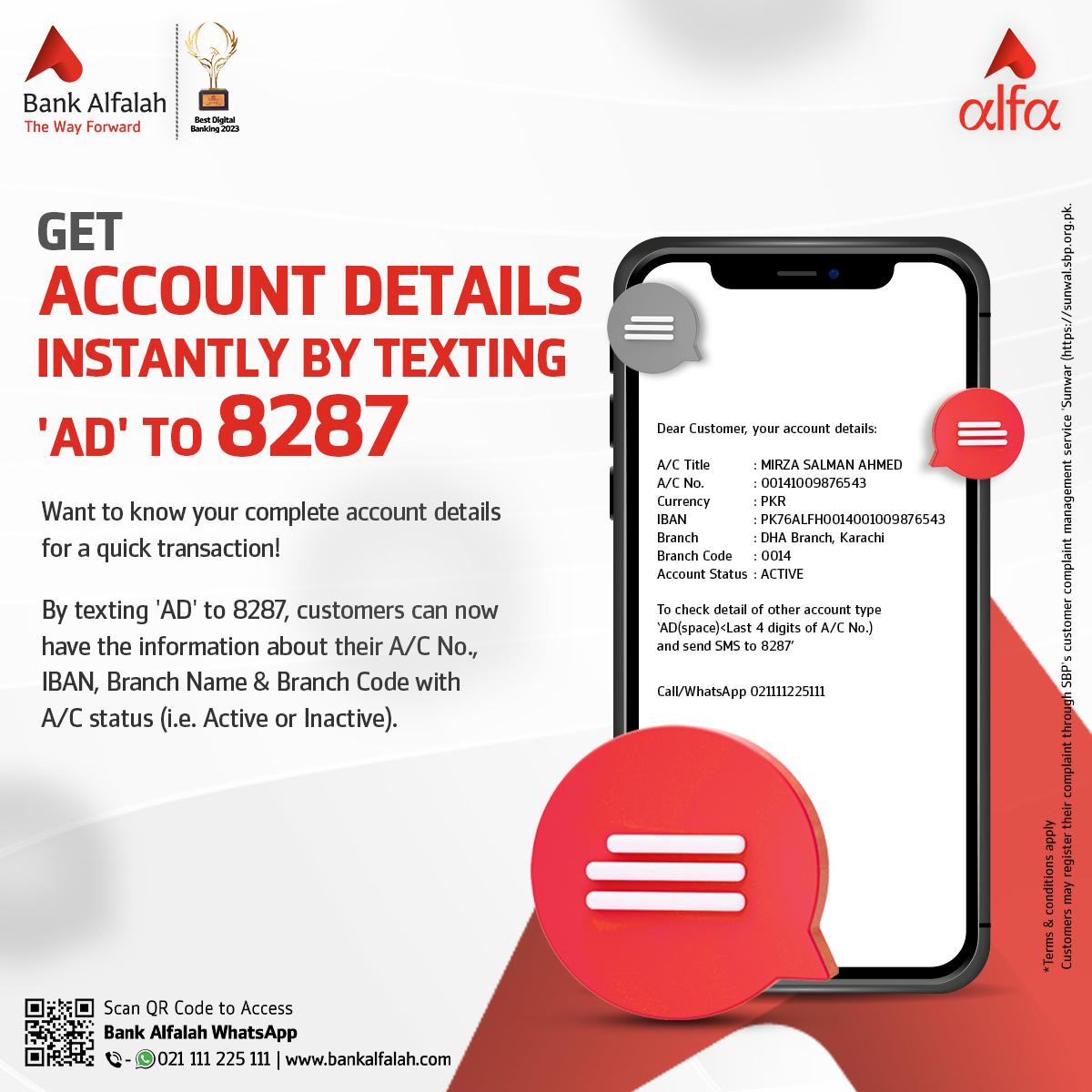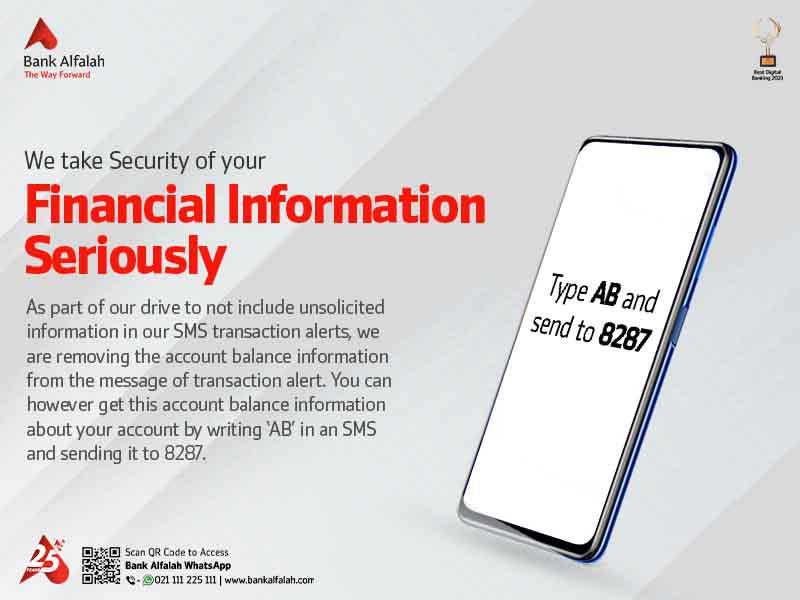Photovoltaic (PV) panels directly produce electricity from sunlight and use an inverter to change the Direct Current (DC) power to Alternate Current (AC) power.
FAQ’s – Bank Alfalah Home Finance – Green Mortgages
PV panels can use either direct or indirect sunlight, but are more effective in direct sunlight. Solar panels will still work even when the light is reflected or partially blocked by clouds. Rain actually helps to keep your panels operating efficiently by washing away any dust or dirt.
Yes, it is possible. The annual production depends on a range of parameters such as the size of the solar panel array, orientation and sloping of the roof, irradiation (latitude, local weather conditions), efficiency (panel type, temperature) etc. In ideal conditions, a rooftop installation can cover the average electricity consumption for a residential house.
Solar installations are built by assembling solar panels. The manufacturing of the panels starts with silicon, usually in crystalline form. Purified silicon is then cast and cut into wafers a fraction of a millimetre thin, and then assembled into solar cells. The cells are then assembled into solar panels, which link together to generate power output. Depending on the type of application, the “Balance Of the System” (or “BOS”) consists of different components such as the mounting structure (racks/trackers), direct current switches, inverters and meters.
The industry’s standard power output guarantee from leading manufacturers is 25 years; however the lifetime of high quality solar panels is estimated to be much longer.
Power output is determined by the size of the system and solar irradiation in the area. Solar panels are usually installed in areas with many stable sun hours per day.
In hybrid and off-grid systems, batteries are charged using power during day time and the energy stored in batteries is used during the night.
You can run all electrical appliances e.g. fans, TV, lights, refrigerator, air conditioner etc. depending on the type of the system you have.
Washing the solar array with water a few times a year would suffice but regular dust cleaning is also sufficient.
If you are availing Bank Alfalah’s Green Mortgage then this system can only be purchased through our panel of partners.
Solar panels are installed in areas with high irradiation, like a roof. But they can be installed on any surface such as a facade, sunshade, garage or on the ground, usually by constructing a tracker system. They should not be placed in shaded areas (e.g., places that are in the shadow of other buildings or large trees) as it decreases electricity output.
Solar is a one-time investment. An on-grid system, consisting of solar panels and inverters may work for 20 years or more. This type of system has a payback period of 6 years, and gives you free power beyond this period. A battery backup system needs replacement in 3 to 5 years and has a longer payback period.
We are offering two types of insurance; life and property, on very affordable rates. Life insurance covers outstanding facility amount and Property insurance covers the structural damages due to earthquake, flood and fire.
You can pay/adjust through partial/balloon payment facility. After adjusting your partial payment, you have the option to revise your tenure or equal monthly instalments.
We are charging 1 year KIBOR+5%. This rate is revised annually to account for any change in the KIBOR.
Yes, you get tax benefit on loan payments made during a financial year. After receiving your request for a mark-up certificate, our operation department will fully cooperate with you and send it through courier within the lowest TAT. The Markup payment certificate will help you get a rebate on your annual income tax return.








